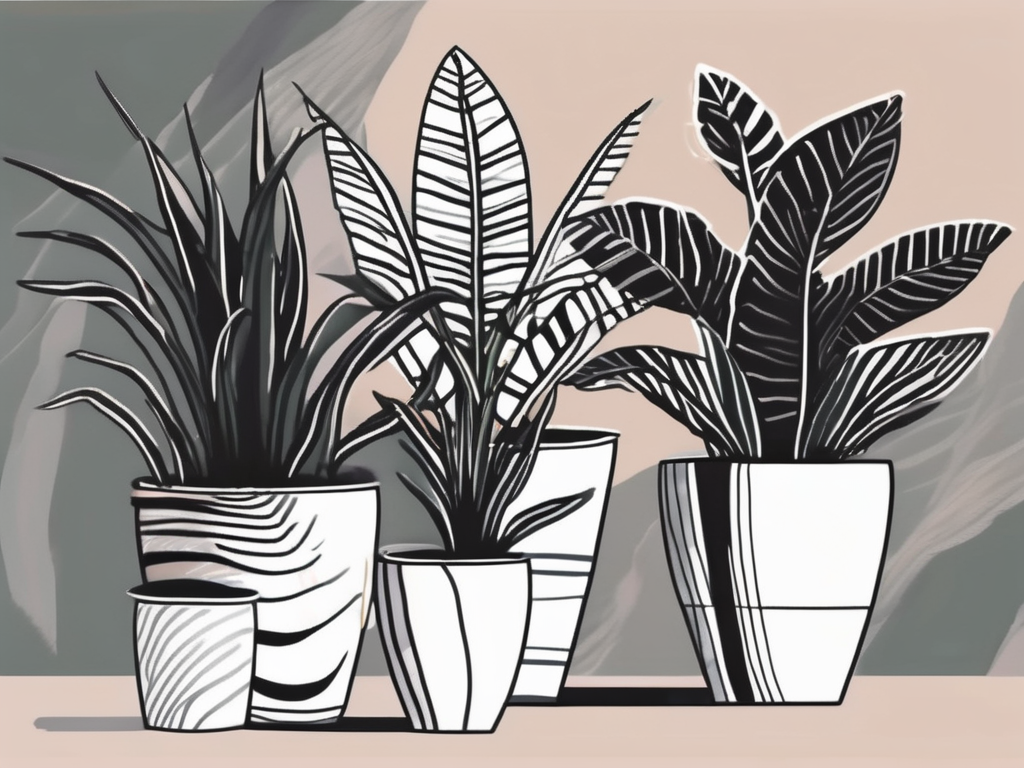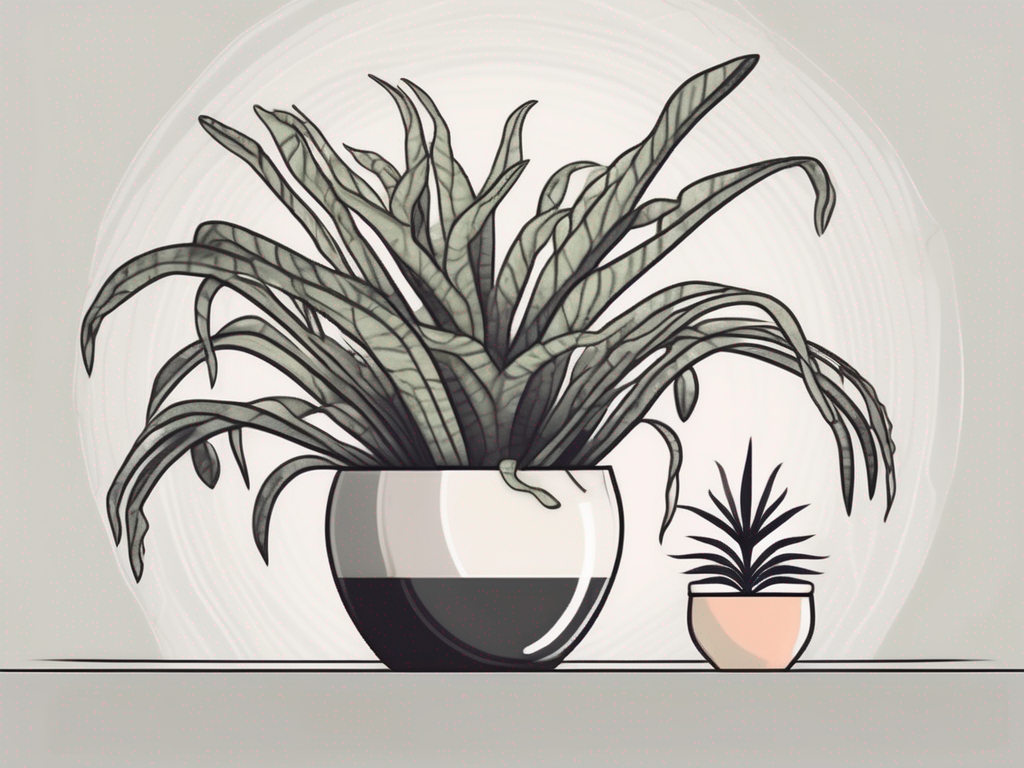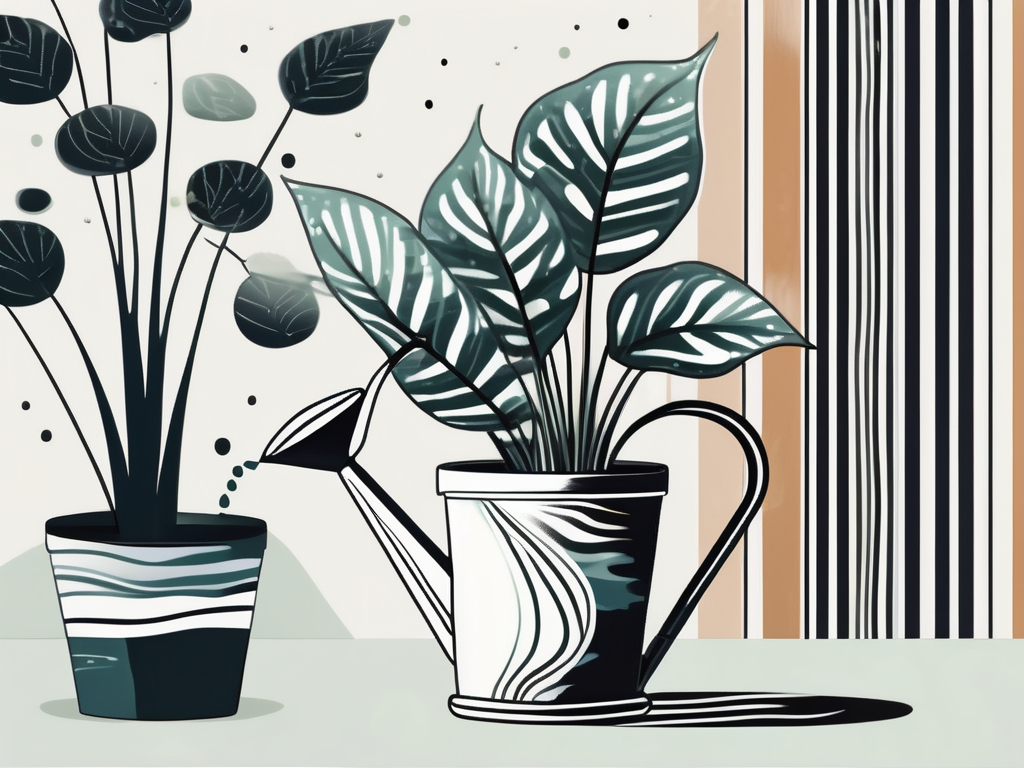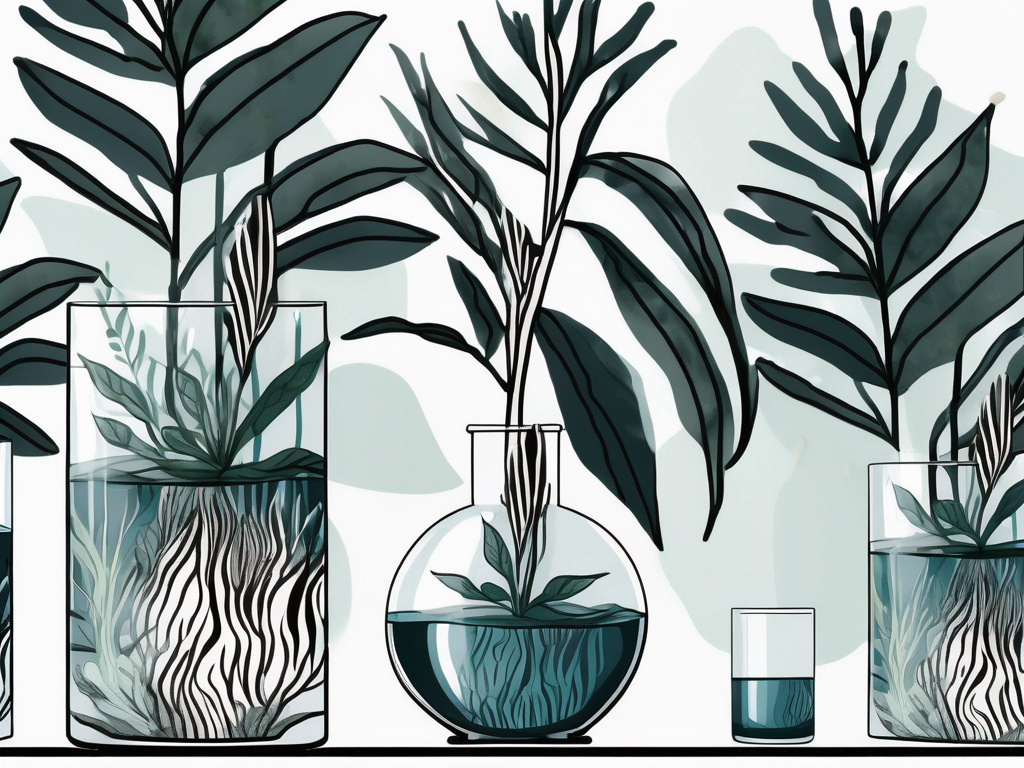
If you've ever gazed at the striking foliage of a zebra plant and thought, "Wow, how do I care for this beauty?" you're not alone. Zebra plants, with their bold, striped leaves, are a favorite among plant lovers. They're like the fashionistas of the plant world, always dressed to impress with their striking patterns.
Today, we're going to chat about everything you need to know to keep these beauties thriving in your home. From the perfect lighting to watering tips and even a bit about soil and potting, you'll be well-prepared to nurture your zebra plant. So, let's get started!
Understanding Your Zebra Plant
Zebra plants, or Aphelandra squarrosa, hail from the lush, tropical forests of Brazil. Just like their native habitat, they crave warmth and humidity. What makes them stand out? Those eye-catching leaves! The glossy green foliage with striking white veins resembles a zebra's stripes, hence the name. They're not just about looks, though. Given the right conditions, they can reward you with stunning yellow bracts that look like flowers.
But before you get too excited about blooms, it's essential to understand that zebra plants can be a bit high-maintenance. They need a delicate balance of conditions to truly thrive. But don't worry, with a bit of love and patience, you can create a mini tropical paradise right in your living room.
Lighting Needs: Finding the Sweet Spot
One of the first things you'll need to figure out is where to place your zebra plant. These plants love bright, indirect light. Too much direct sunlight can scorch their leaves, while too little light can lead to leggy growth and fewer blooms. So, how do you find that sweet spot?
Think about placing your zebra plant near a window with filtered light. A sheer curtain can help diffuse intense rays, creating the perfect environment. If you notice the leaves getting brown tips, it might be a sign of too much sun. On the other hand, if your plant seems to be reaching out or its colors are fading, it might not be getting enough light.
Here's a simple tip: Rotate your plant every week. This helps ensure all sides get equal light exposure, promoting even growth. And remember, as the seasons change, so does the light. You might need to adjust your plant's position accordingly.
Watering Wisely: The Balancing Act
If there's one thing zebra plants are picky about, it's water. They like their soil to be consistently moist but not soggy. This means you'll need to strike a balance to avoid both underwatering and overwatering.
Start by checking the top inch of soil. If it feels dry to the touch, it's time to water. Pour water until you see it draining from the bottom of the pot, ensuring the roots get a good drink. On the flip side, if the soil feels damp, give it a few more days before watering again.
Overwatering can lead to root rot, a common issue with zebra plants. If you notice yellowing leaves or a mushy stem, it's time to check the roots. Healthy roots should be firm and white. If they're brown and mushy, you might need to trim them and repot your plant.
Humidity: Mimicking the Tropics
Zebra plants are native to humid environments, so low humidity can be challenging for them. If your home tends to be dry, especially during winter, your zebra plant might benefit from a little extra TLC.
Consider placing a humidifier nearby or misting your plant regularly. Grouping plants together can also increase humidity levels, creating a mini ecosystem. Another trick is to place your plant on a pebble tray. Just fill a shallow tray with pebbles and water, ensuring the pot sits above the waterline. As the water evaporates, it adds moisture to the air around the plant.
Keep an eye out for crispy leaf edges, a telltale sign of low humidity. By boosting moisture levels, you'll help your zebra plant stay lush and vibrant.
Choosing the Right Soil and Pot
The right soil can make a world of difference for your zebra plant. They prefer a well-draining potting mix to prevent waterlogged roots. A mix designed for tropical plants or a blend of peat, perlite, and sand can work wonders.
When it comes to pots, opt for one with drainage holes. This ensures excess water escapes, reducing the risk of root rot. If you're in love with a pot without holes, consider using it as a decorative cover for a functional inner pot.
Every couple of years, consider repotting your zebra plant. This gives you a chance to refresh the soil and check the roots. If they're circling the pot, it's time to size up. Gently loosen any bound roots and replant them in a slightly larger container.
Feeding Your Zebra Plant
Fertilizing your zebra plant can help it grow strong and healthy. During the growing season (spring through early fall), consider feeding your plant every couple of weeks. A balanced, water-soluble fertilizer works well.
Be cautious not to over-fertilize. Too much can lead to salt build-up in the soil, which can harm your plant. If you notice white crusts on the soil surface, it might be time to flush the soil with water to remove excess salts.
In the winter months, give your zebra plant a break from fertilizing. It's their resting period, and they won't need the extra nutrients.
Dealing with Common Pests
Even the most diligent plant parents might face pests from time to time. Zebra plants can attract mealybugs, spider mites, and aphids. These pests can sap your plant's vitality, but they're not a death sentence.
Start by regularly inspecting your plant. Catching infestations early makes them easier to manage. If you spot any unwanted guests, a gentle spray of water can help dislodge them. For stubborn pests, consider using insecticidal soap or neem oil.
Remember, healthy plants are less likely to suffer from pest problems. Keeping your zebra plant in ideal conditions and maintaining its health is the best defense against these pesky invaders.
Encouraging Blooms
While zebra plants are primarily grown for their stunning foliage, they can bloom under the right conditions. Their yellow bracts can be a delightful reward for your care.
To encourage blooming, ensure your plant gets enough light and humidity. Feeding them during the growing season can also boost their chances of flowering. Patience is key, as blooming can be unpredictable and might not happen every year.
If your zebra plant does bloom, enjoy the show! The bracts can last several weeks and are a testament to your nurturing skills.
Styling with Zebra Plants
Zebra plants can be a striking addition to any room. Their bold patterns can complement various interior styles, from modern to boho. Consider pairing them with neutral pots to let their leaves take center stage.
If you're looking to create a statement piece, group your zebra plant with other tropical plants of varying heights and textures. This can create a lush, layered look that draws the eye.
Remember, the best plant styling is the one that makes you happy. Play around with different arrangements until you find one that suits your space and personal style.
Final Thoughts
To sum up, caring for a zebra plant involves balancing light, water, humidity, and nutrients. With a little attention and patience, these striking plants can thrive in your home, rewarding you with their stunning foliage and, if you're lucky, beautiful blooms.
At Cafe Planta, we love helping plant lovers like you create beautiful, thriving plant collections. Whether you're just starting or are a seasoned plant parent, we're here to support you. Feel free to email us with any questions or connect with us on Instagram. Let's grow together!
























